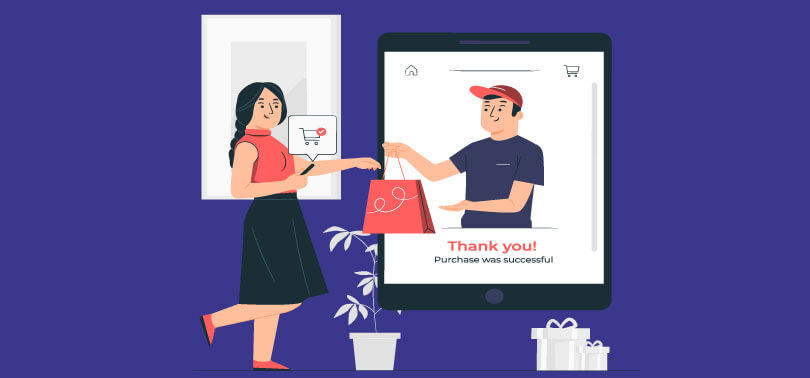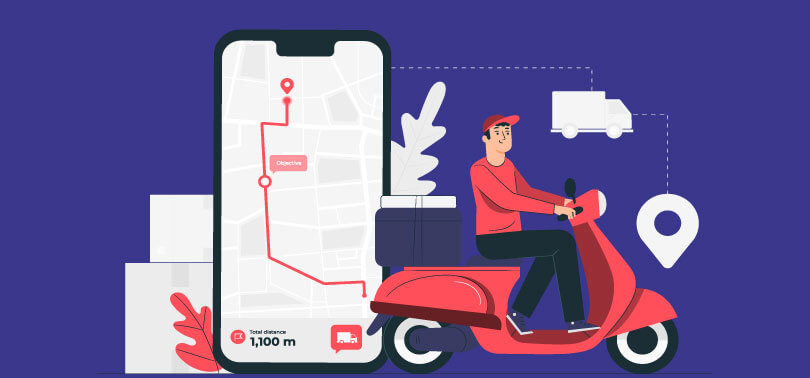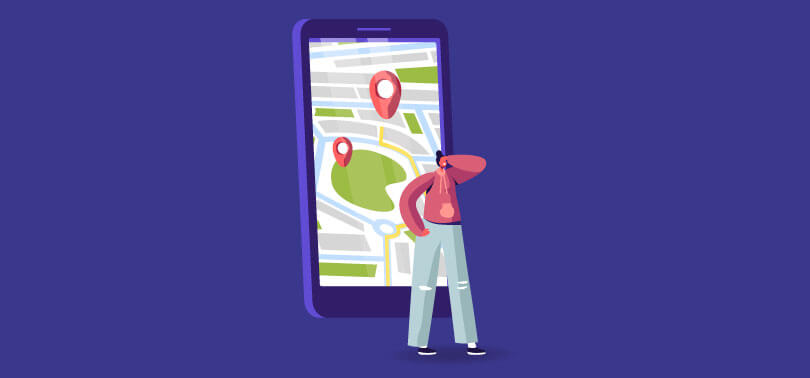There has been a sharp rise in the use and demand for online Delivery Apps / on demand apps. This is primarily due to the ongoing pandemic situation and also due to the sheer ease and comfort provided by these apps. Owing to the ongoing pandemic and the phenomenal success of the Delivery Apps in such situations the demand for such apps have shot up manifolds. This is the reason why every kind of businesses are looking to develop their own Delivery App regardless of the product or service that they are offering. Apart from catering to the customer’s demand for enabling online delivery options, many companies / businesses are developing their own delivery app only out of the fear of missing out. This has also sent the demand for and the cost of hiring developers to an all-time high.

Even before we can go on to understand how apps are developed, it would be worthwhile to see and understand the different kinds of apps that are available in the market.
Following the different kind of Delivery Apps that are primarily used by businesses:
- Person to Person Apps (P2P Apps)
- Enterprise to Person Apps (E2P)
- Enterprise to Enterprise Apps (E2E)
- Notwithstanding the kind of services or products that the businesses provide, on demand apps are generally the same and have the same set of features. These apps help both providers and receivers.
The P2P apps or person to person apps are the ones where a person / customer orders a service or product from another individual seller. In case of these P2P apps both the customer and the seller has to be using the same platform. These apps basically provide a common platform for both the service providers and the customers looking for the respective services. Apps like Uber, Airbnb, are examples of a few popular P2P apps.
Sometimes enterprises / companies create their own personal Delivery Apps to supply their products or services without having to rely on third party delivery apps. In order to get the products from the companies using E2P apps the user has to download the app of the respective companies. For example, famous brands like Domino’s accepts and delivers orders through their own personalized app.
Sometimes a business / enterprise have to rely of on a number of smaller enterprises and SMBs to run its own business operations properly. These companies can be suppliers, service providers etc. The E2E apps help to keep all these enterprises on the same page. For example the suppliers of Walmart use a set of mobile apps that helps in them staying connected are to the Walmart’s supply chain platform.
Choose The Sector

- Food Delivery :
- Transport & Logistics:
- Home Services Delivery Apps
There are Delivery Apps for almost every product and services but the most popular sector among them all is perhaps the food & beverage apps. The online food Delivery Apps are actually a boon that enables people to enjoy their favorite meals at their very doorsteps, from anywhere at any time, just at the matter of few clicks.
Food is something that everybody needs every single day and hence having a delivery app for a food business is perhaps the safest bet. Demand for food will never cease and hence ordering food will never go out of fashion. In fact, Delivery Apps with unique design, customization, features and robust business model can actually make the app a household name like Zomato or Swiggy.
Transport & logistics is another important and popular segment in case of on-demand apps. The apps like Uber and Ola, are the leaders of this segment yet this segment remains one of the most competitive one.
In fact Uber has a global presence and is global leader in this segment, but still there are many other apps like Ola, which provides similar services at cheaper rates in different countries. This clearly indicates that there is always good amount of scope in this field for the beginners. The beginners can easily exploit the vast potential of this sector.
Home service Delivery apps are those that helps in ordering any kind of service/s that one might need in their day to day life. Be it a leakage issue requiring immediate attention or be it fixing the TV, all that one needs to do is download an app. The app will let one hire the required technicians and will help in getting the job done within minutes.
This sector has not been explored much as compared to the previous two sectors. This makes it all the more profitable sector to invest in. getting into this sector means lesser number of opponents which would ultimately help in ensuring better success rate.
Things to Keep in Mind While Designing an App
Every on-demand app / Delivery App has a set of essential features that remain the same, irrespective of the products or services being sold by the companies using them. When an app is being developed the developer must keep in mind a few things to make the app more frugal in day to day use.
Let us understand the various aspects that must be kept in mind while developing an app:
User’s View Point :Keeping the user’s point of view in mind is of utmost importance. The apps are generally mostly used by the users / customers and hence their point of view must be kept in mind. It must be made in a way so that it is easy to be used by them. Firstly start with the sign up feature. A customer must be able to create their own account in the app. This account will help the customer to place and track their order status. It helps in keeping a record of all the orders made by a person and leave their feedback on particular order/s.
The account can also help in creating a list of the various service providers / sellers with the customer’s rating and reviews provided by the other customers. This helps in creating an interactive platform which helps customers provide their ratings and help each other in choosing the best service provider / seller.
The in-app calls and chat is comparatively a new feature. This feature enables the customers to call up / chat with sellers and / or the delivery agents to keep a track of their orders.
Lastly, an on–demand app / Delivery App is impossible and incomplete without a payment system. In fact the easier to payment system, the better is the app. The ideal app must have a tie-up with as many payment options as possible like PayPal, Google Pay, Apple Pay, Phone Pay and credit and debit cards etc.

Business’s View Point :From the business’s point of view also a sign up page is equally necessary. It helps the business in creating their profile in the delivery app domain and be made available to the customers. The business’s profile should include its name, location, open timings and contact information at the least.Providing a live tracking system to the businesses is also necessary. It helps the businesses track the nearest courier / delivery agent available to deliver orders at the earliest. It lets the businesses track their order status at all times and help in keeping the customer updated for the same.
Courier / Delivery Agent’s Point of View There must be a sign-up feature for the creation of the courier / delivery agent’s profile. It helps the agents in signing themselves up with the different businesses. The sign-up will include some of the essential personal details of the representatives like their address, languages spoken, vehicle number, rating and feedback by other customers.
This functionality also helps in keeping a details record of and managing the details of all the orders delivered by the agent, as well as those of the upcoming orders. The delivery agent can update their status and present location which in turn will help the live tracking systems of the customer as wee as that of the businesses.
The app must also have separate channels to let the courier / delivery agent stay in touch with the customers as well as with the businesses separately.
Steps in the Design & Development of the App
The design and execution of the app deals with the appearance and functionality of the app. Every app has its own design, flow and set of features that makes it unique. It helps the app stand out from the crowd.
Following are a few the steps that are generally followed while developing a Delivery App / on demand app:
- Prototyping :Before creating the main app it is only logical to get a prototype / a dummy app designed, based on the requirements and the design that one has on their mind. Based on the requirements, a professional team of developers can build user flow logic and thereby create a screen of the application.
- UI Designing :Designing the UI is the most important stage in building an app. The entire functionality and look & feel of the app will actually be dependent on the designing of the UI. The User Interface (UI) is the main work that develops the interface of the app and helps in incorporating all its functionality.
- Development :This step is perhaps the most complex process in the chain of events in the development of the app. During this process the developers bring everything together to actually build the real product.
- Testing :Testing is the final stage in the process of developing an app. It is the most crucial stage as the completion and finalization of the app depends on this step. An app has to undergo a lot of testing to ensure that the app is performing smoothly and all the features are working properly. A dedicated Quality Assurance team thoroughly checks the full app to ensure that the app is as flaw less as it should be.